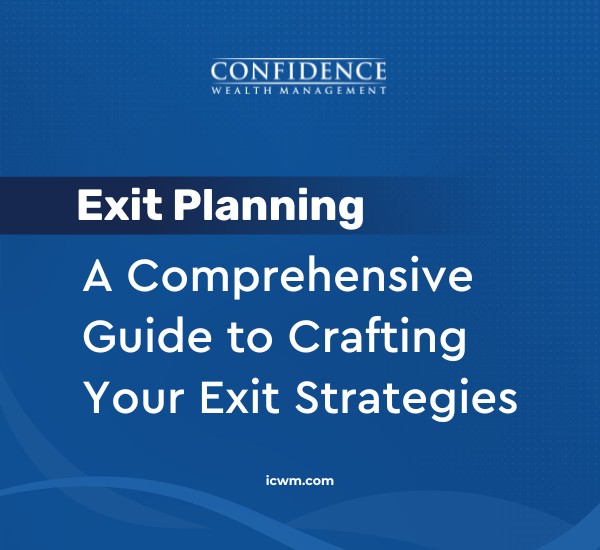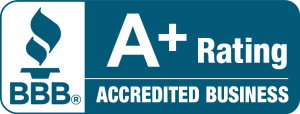A client retired recently and called to thank me.
She’d had the same 401(k) account for years before I convinced her to branch out. At the time, she’d figured it was best if she ignored what was going on in her retirement account. Out of sight, out of mind. She thought if she got involved she’d just mess things up.
What she didn’t know was that one account type offered someone in her position huge benefits, and the other didn’t.
She wanted to let me know what a huge difference the change had made for her quality of life.
There are a lot of similarities between an IRA and a 401(k), but the differences can matter a lot. While they both help you lower your tax bill today, provide tax-deferred growth, and help provide an income source in retirement, one type of account can be far superior to the other in particular situations.
Here are five things you can do with an IRA that you can’t with a 401(k).
1. Make a Qualified Charitable Distribution
Qualified charitable distributions allow IRA owners and IRA beneficiaries age 70½ or older to send up to $100,000 from their IRA account directly to a charity without including any of that amount in their income.
While you won’t be able to use a charitable deduction on your taxes, by never adding the income to your tax return in the first place, you can often lower your tax bill more than if you took a “normal” IRA distribution and made a “regular” contribution.
There’s no case where your tax bill would be higher, at least.
As a bonus, your qualified charitable distribution can be used to offset all or a portion of your required minimum distribution after age 72.
2. Take a Penalty-Free Distribution for Higher Education Expenses
In general, if you take a distribution before you’re 59½, it will be subject to income tax and an additional 10% early distribution penalty.
The law does, however, provide several exceptions to this rule. One such exception is available if you use your IRA to pay for higher education expenses (i.e. college tuition, books, required supplies, a computer for school) for yourself or certain other family members, such as your children.
Note that this exception is only available if you take money out of an IRA before age 59½.
Try to do the same thing from a 401(k) and you’re going to end up with a hefty tax bill. Some very smart and well-educated people, including lawyers and CPAs, have gone to tax court to argue this point, and none of them has walked away as the victor.
Don’t make the same mistake they did.
3. Take a Distribution When You Want
While it’s called a “retirement account” for a reason, sometimes life happens and you need to access your funds sooner than you thought.
If you’re still working for the company sponsoring your 401(k) and you want to get into your retirement money, you’ll find yourself at the mercy of their plan’s rules and the Tax Code. Typically that means your access is limited, especially if you’re below 59½.
If you’re in that situation, you can either take a loan from your 401(k) or a hardship distribution, but neither is legally guaranteed.
If you have an IRA, however, you can usually take a distribution from your account whenever you want. There are no restrictions. Zero. Zip. Although as noted above, if you take a distribution from your plan or your IRA before age 59½, you will likely owe income tax and a penalty.
But if you really need those funds and there is nowhere else to turn, what choice do you have?
4. Aggregate RMDs Between Multiple Accounts
It’s not uncommon now for people to have several 401(k) accounts that they’ve accumulated over the years through different employers. Many retirees similarly have more than one IRA account. I’ve had clients that have upward of 10!
When you turn 72, you must calculate the RMD, or required minimum distribution, to take out of your accounts. If you have 401(k) accounts, you need to do this calculation for each separate account and pull that amount from each account.
If you have several IRA accounts, however, you can combine the RMDs and take that amount from any combination of accounts, or a single one, without a penalty.
Try that with your 401(k) plans and you’re looking at a 50% penalty for each plan from which you didn’t take the right distribution.
That makes having multiple 401(k) plans a tiresome workload at the very least and an expensive mistake waiting to happen at the very worst.
5. Avoid Withholding
Whatever Wesley Snipes might tell you, paying your taxes is not optional. It’s required.
You may, however, have a very low, or even non-existent tax bill after applying all of your available deductions, exemptions, credits, etc.
Alternatively, you may withhold from other sources, such as a pension, or make estimated tax payments that are sufficient to cover your tax bill.
In such cases, there’s no reason to have any further amounts withheld from your retirement account distributions. Unless you enjoy giving the government a tax-free loan until you file your taxes and receive your refund, that is.
You’re able to avoid this with an IRA because when you take a distribution you can opt-out of withholding. By contrast, distributions from 401(k)s that are eligible for rollover are generally subject to mandatory withholding of 20%. There is no opt-out provision.
After all, it isn’t called “strongly suggested withholding.”
In Conclusion
The client I mentioned saw huge benefits from switching from a 401(k), and depending on your situation, you could too.
Does that mean IRAs are better than 401(k)s? Of course not. They’re different. Could we, for instance, find five things you can do with a 401(k) that you can’t do with an IRA? Absolutely. It all depends on your situation.
As experienced financial professionals, we help clients like you figure out the best retirement plan for their situation, so that when they’re ready they can retire gracefully with peace of mind.
Please connect with us and let us help you plan for your dream retirement. We would be delighted to go on the journey with you.










